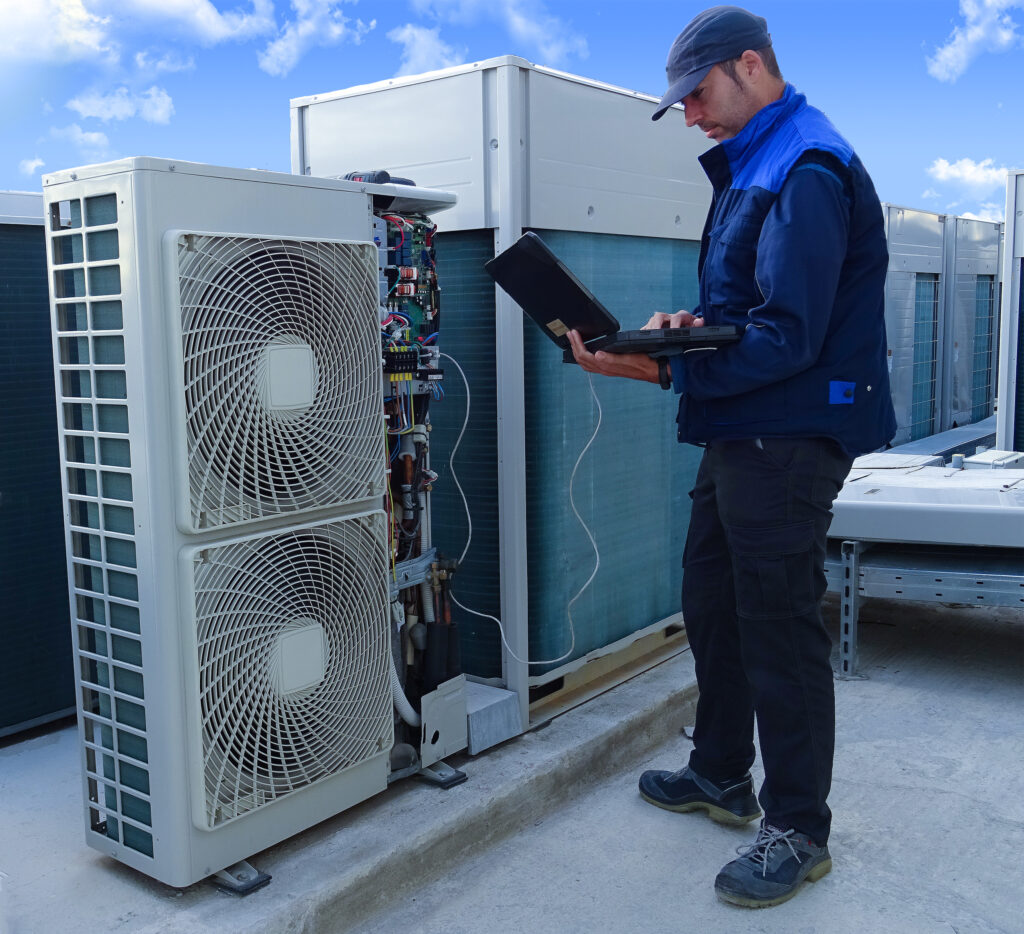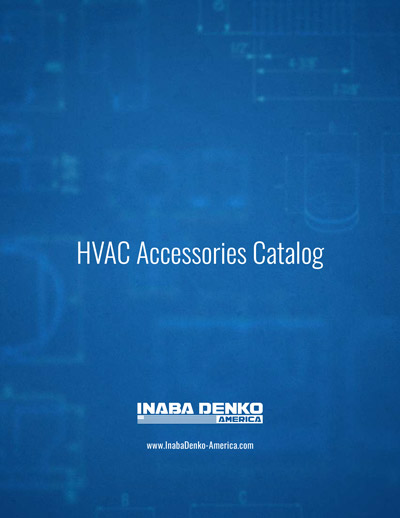What are VRV/VRF HVAC Technologies & Their Differences?
10.27.2021 | News

When people hear about VRV and VRF HVAC technologies, many believe that these are different HVAC technologies. In fact, these use the same HVAC system technology. Daikin invented VRV HVAC systems in the early 1980s using inverter compressor technology.
Daikin trademarked VRV, while other companies use VRF for Variable Refrigerant Flow. Over time, VRF became the dominant and most used term to refer to these types of HVAC systems.
What is a Variable Refrigerant Flow HVAC System?
Variable Refrigerant Flow HVAC systems are advanced technology for efficient heating and cooling, with key features for improved performance.
- Inverter Compressors which reduce power consumption with partial heating & cooling loads
- Ability to expand modularly for large-scale projects, or projects which will continue to expand and require additional units.
- Multiple indoor units functioning on the same refrigerant circuit
- Refrigerant is the only coolant within the system. This system does not use refrigerant. Chilled water HVAC systems use refrigerant to heat and cool water circulated throughout the system.
What Does a Complete VRF HVAC System Look Like?
Variable Refrigerant Flow systems consist of an outdoor unit. This unit has compressors, indoor units, refrigerant lines connecting them, and communication wiring.
The communication wiring uses 2 cables to connect the outdoor unit to all indoor units in a loop network. This distinguishes VRF systems from other HVAC technologies.
How Do Variable Refrigerant Flow Systems Work?
The system changes temperature based on user input and outdoor conditions. VRF systems are different from traditional water-cooled HVAC systems, which use fan coils and chillers. Once a local remote or wireless IR remote turns on the unit, the outdoor system will turn on and start operating.
The system checks outside weather and adjusts indoor unit compressor to match user's desired temperature for efficiency. When multiple indoor units are operating, the outdoor unit will analyze the information from each indoor unit. It will then make adjustments to the compressor outputs based on this information.
This system automatically adjusts power use based on comfort needs and weather conditions, making it smart and energy-efficient. The system runs automatically.
A user can control the units by turning them on or off. They can also choose cooling, heating, fan, dry, or automatic mode. Additionally, they can set the temperature and adjust the fan speed.
VRF systems use multiple linesets. Protecting the linesets is crucial to keep products working well and shield them from weather and environmental harm.
Slimduct RD covers protect and improve the look of VRF system linesets. They offer both superior protection and enhanced installation aesthetics.
Differing Types of VRF HVAC Systems
As everyone’s needs are different, manufacturers have created a few different varieties of HVAC systems. The most common VRF system is a Heat Pump system. It can cool or heat indoor units, with Fan and Dry modes available for each unit.
A less popular system is a newer technology called Heat Recovery. Heat Recovery systems are advanced. Each indoor unit can heat or cool independently. This relies on the comfort level of people in each area.
Another less common system is a Cooling Only VRF system. This system only provides cooling, but it also has fan and dry operational modes for each indoor unit.

